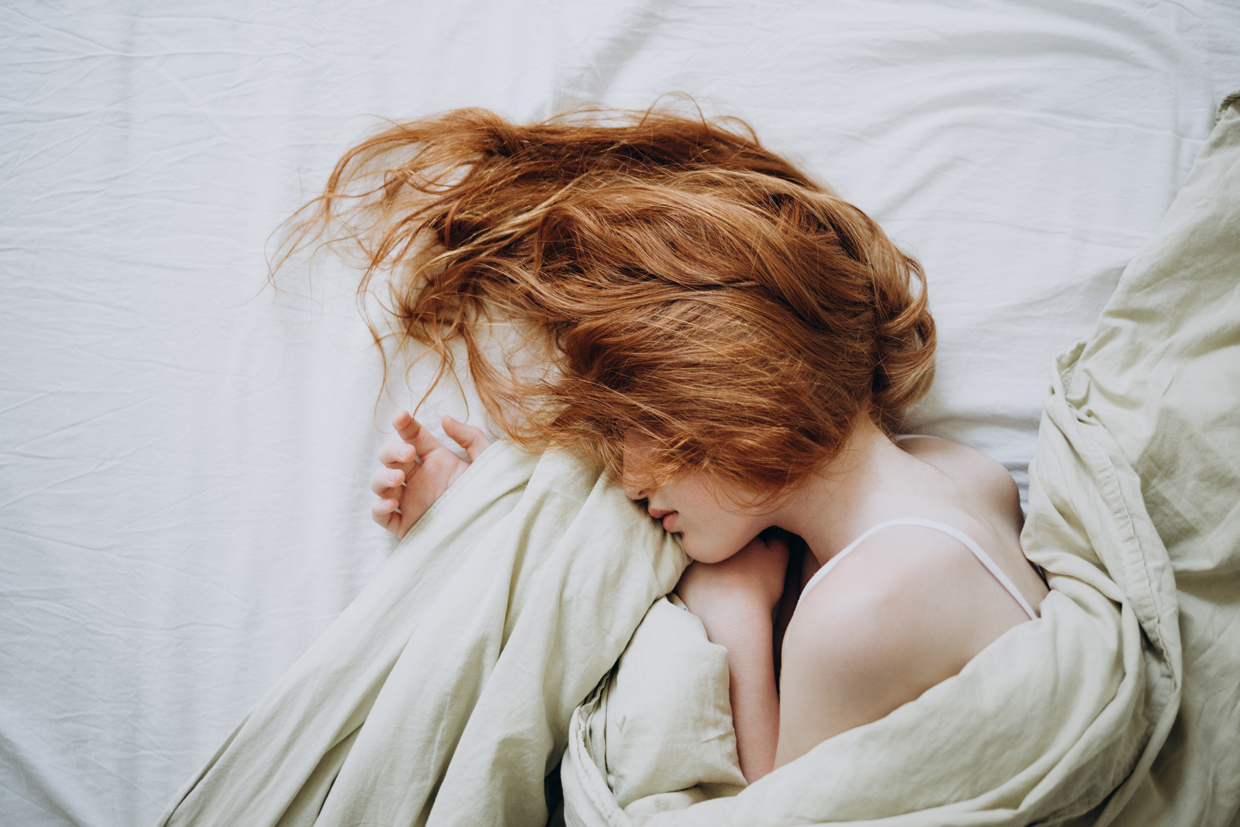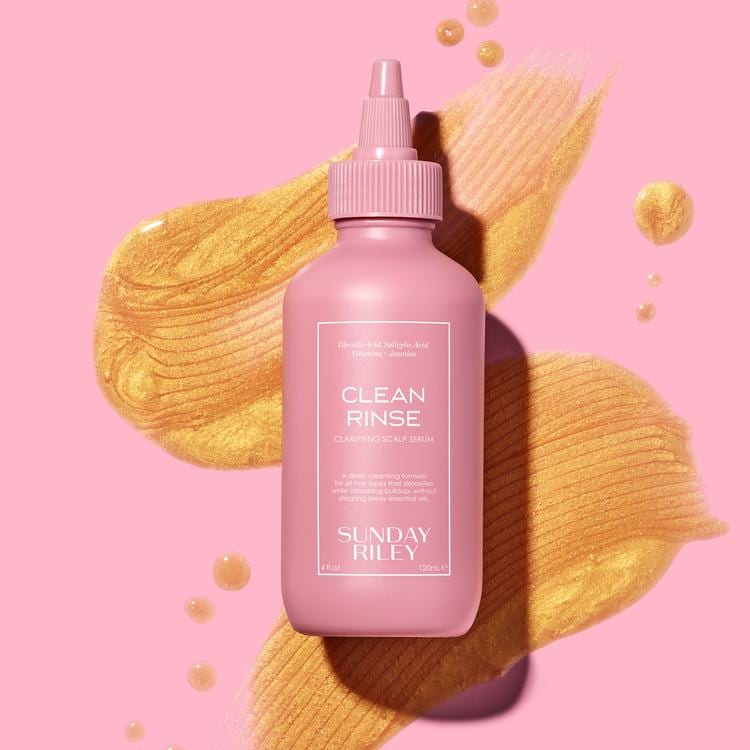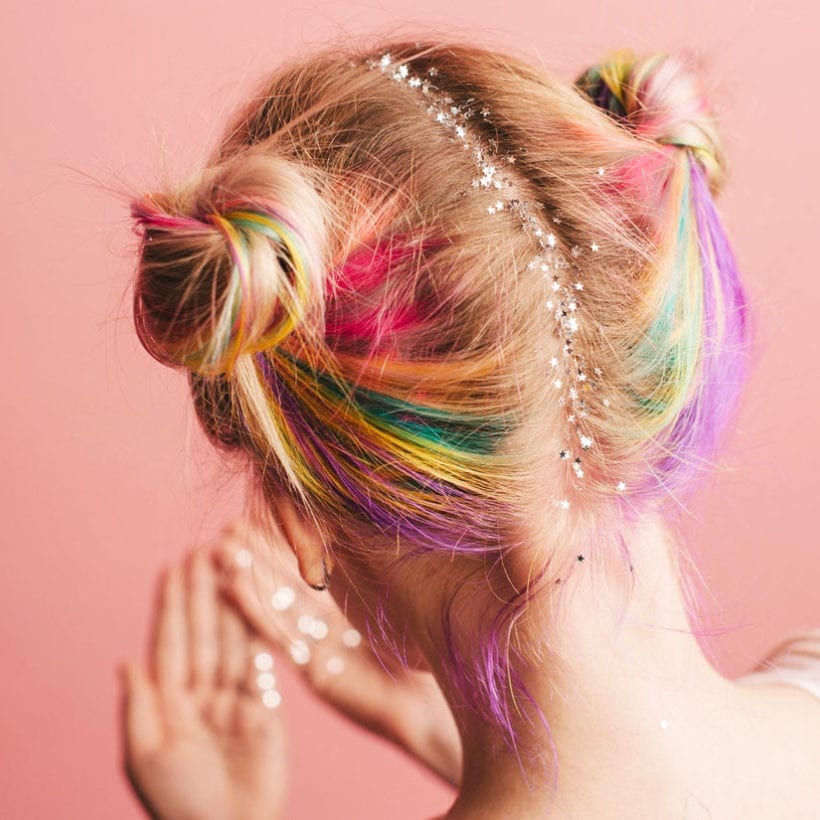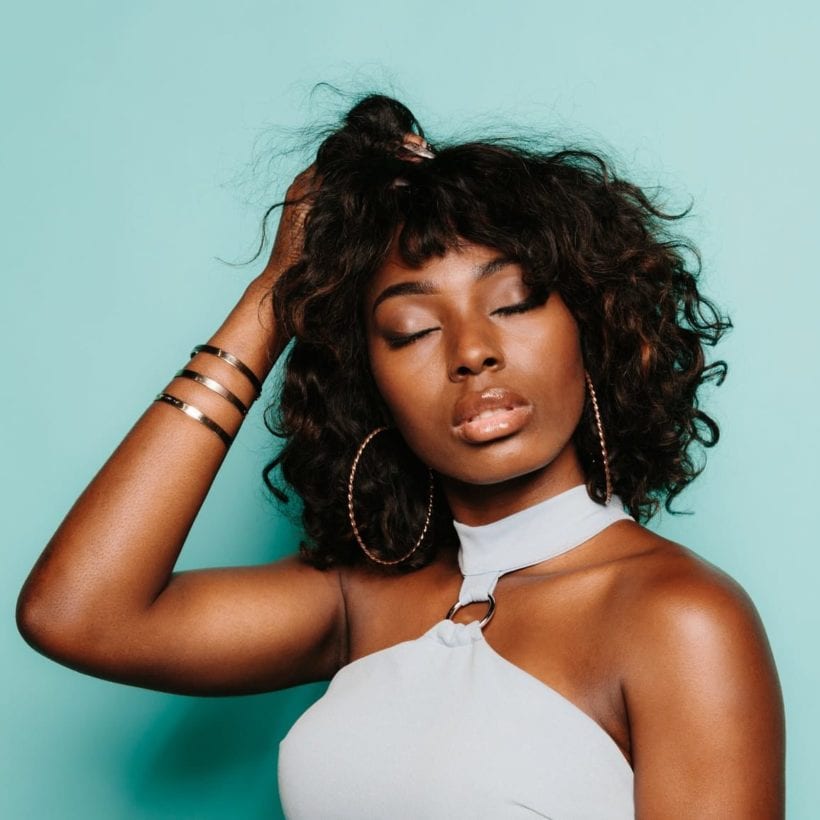If your go-to hair product is dry shampoo, chances are, you’ve had your fair share of experiences with an oily or greasy scalp. While it can be frustrating to feel the need to strip away this overly-shiny appearance from your strands, rest assured, it’s actually quite normal.
Just like other skin on your body, your scalp contains several layers, including the epidermis (top layer), the dermis (next layer, which contains your blood vessels, follicles, and sebaceous glands), and the subcutaneous layer (the bottom layer). However, your scalp is unique because it contains more sebaceous (oil-producing) glands than the skin on the rest of your body — as many as 900, according to a thematic review published in the Journal of Lipid Research. Also, your scalp contains more follicles from which the hair grows.

In short, it’s common for the scalp to be greasy; however, some experience this more than others. For example, some people can experience a greasy scalp if they don’t wash their hair often enough. “If you’re not cleansing your hair and scalp, oil can build up and contribute to greasiness,” explains Marisa Garshick, MD, a dermatologist at Medical Dermatology & Cosmetic Surgery (MDCS) in New York. “For others, the scalp can temporarily become greasy as a result of product buildup, intense exercise, and hormonal changes.”
Meet the Experts
Sunday Riley , CEO, founder and product formulator
Kerry Yates , a trichologist, hairstylist and founder of Colour Collective
Marisa Garshick , MD, a dermatologist at Medical Dermatology & Cosmetic Surgery (MDCS) in New York
Penny James , New York City trichologist and hairstylist
‘The scalp is one of the dirtiest places on the human body. Not only does your scalp have a plethora of sweat glands, but it also has an abundance of sebaceous (oil) glands, which produce oily sebum. Have you ever scratched your scalp and noticed white, waxy buildup under your nails? That’s sebum mixed with dead skin cells. It’s hard for shampoo alone to wash away your oily scalp issues. And issues like stress and weather can increase the scalp’s sebum production, making you even oilier. The sebum buildup needs a decongestant, like salicylic acid, to break it down, explains Sunday Riley. A healthy scalp is a balanced scalp, not dry or oily. ‘My general rule of thumb is to do weekly facials for my scalp. Like when you do Flash Fix facial mask with Good Genes All-in-One Lactic Acid treatment and Ceramic Slip Cleanser, don’t forget to take care of your scalp, which ultimately is an extension of your face’.
“Using dry shampoo too frequently might cause issues like scalp dryness, folliculitis, and seborrheic dermatitis — most dry shampoos contain alcohol or starch, which are very drying,” Riley says.
If you’re wondering the difference between a greasy scalp and an oily scalp, rest assured there isn’t one — both are a function of too much oil being produced on the scalp or too little oil being eliminated, explains Dr. Garshick. What causes this imbalance in oil on and around your scalp? One of the main culprits, of course, is not washing your hair often enough, which leads to a buildup of oil and dead skin cells. It could also be the opposite scenario: washing your hair too often. Another potential cause is an inflammatory condition, such as seborrheic dermatitis, which can lead to redness and scaling on the scalp that has a greasy finish, Dr. Garshick notes.
Last but not least, your hormones could be the culprit for a greasy scalp. “The rate of sebum production is influenced by the sex hormones,” says New York City trichologist and hairstylist Penny James. “With an increase in androgens (like testosterone) or thyroxine (a hormone secreted by the thyroid gland), sebum production is also increased,” she notes. “If there was an increase in estrogen (the female sex hormone), then there would be a decrease in sebum.”
Whether you consider your scalp oily, greasy, or somewhere in between, the good news is that these tried-and-true solutions can help.
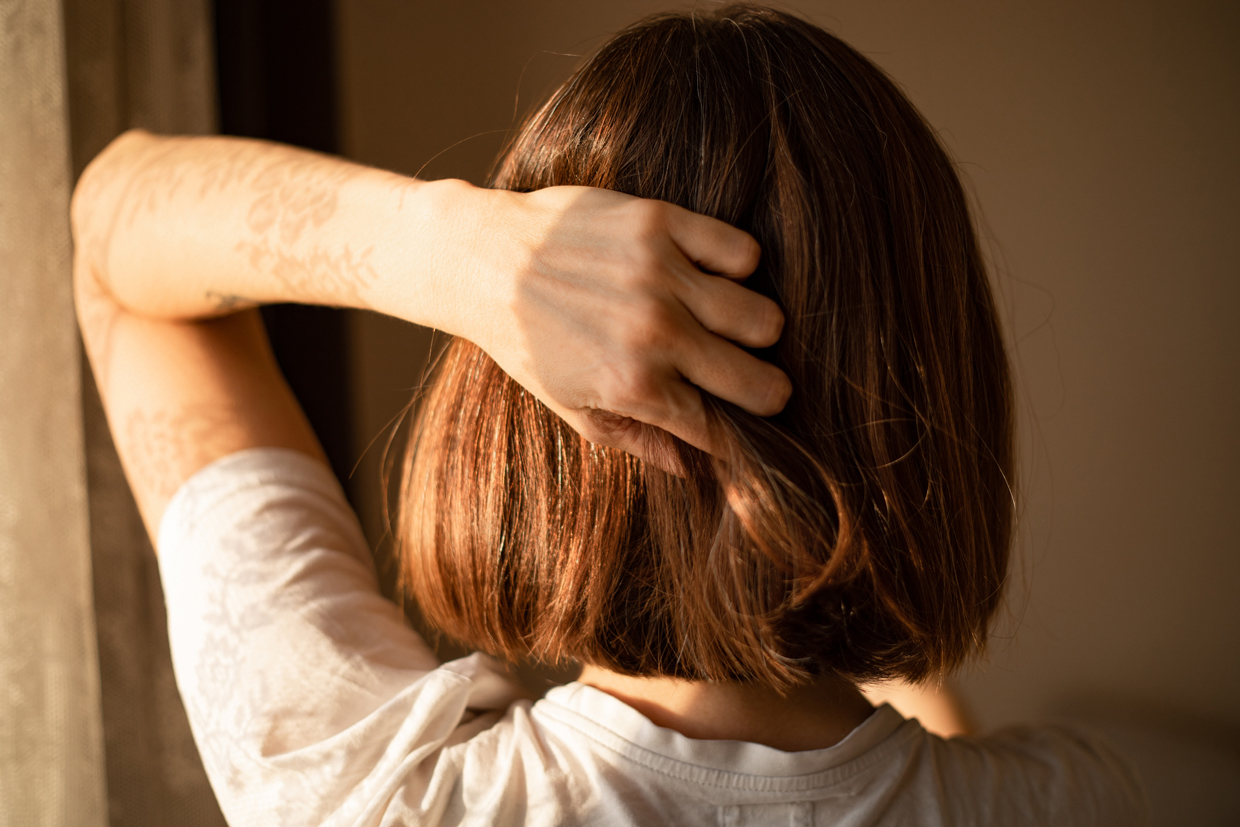
Use a BHA-containing shampoo or serum
You might know this ingredient from your skincare routine. Beta-hydroxy acids, like salicylic acid, are some of the best over-the-counter acne fighters on the market, as they exfoliate the surface of the skin and penetrate into pores to remove oil to keep pores from becoming clogged, explains Riley. Luckily, they can do the same with your scalp, which is why using a shampoo containing this all-star ingredient can be beneficial. “Beta-hydroxy acids are oil-soluble, so they can penetrate the pores and help to reduce the oil that contributes to greasiness,” she says.
‘Not all of that product buildup can be washed away with shampoo (remember, even your shampoo and conditioner can leave a waxy residue). Overwashing your hair can strip your hair off of too much oil and dry out your scalp, resulting in flakiness and itchiness. The solution? Clarify the product buildup and exfoliate the dry flakes away with Clean Rinse Clarifying Scalp Serum, which is powered by glycolic (AHA) and salicylic (BHA) acid’, says Sunday Riley. This serum is powered by salicylic acid, glycolic acid, and lactic acid to exfoliate the surface of your scalp (bye, white flakes) and remove oily scalp and product buildup (hello, healthy hair growth and cleaner scalp). It’s balanced with toning witch hazel and clays to pull out impurities. Not to mention niacinamide, panthenol, and Zinc, which are important vitamins and minerals for healthy hair growth. Use it at least once a week and treat your scalp as an extension of your face. It can be used on wet or dry scalp, and it is safe for color-treated hair.
Try hair care with anti-fungal ingredients
If you think your greasy scalp could be the result of seborrheic dermatitis, which may be characterized by an overgrowth of yeast, Dr. Garshick recommends an anti-fungal hair care product that contains ingredients like ketoconazole or selenium sulfide to address both the greasiness and the pesky symptoms associated with seborrheic dermatitis.
Give yourself daily scalp massages
“Many oily scalp sufferers experience greasy-looking hair around the roots to the mid-lengths, then the ends are super dry and brittle,” says Kerry Yates, a trichologist, hairstylist and founder of Colour Collective. Instead of over-washing and then over-conditioning to tackle the hair challenge, she recommends using a massage hair brush to massage your scalp as well as distribute your hair’s natural oil/sebum from mid-lengths to the ends.
Use less conditioner
Conditioners are wonderful for keeping your hair smooth and hydrated, but they really only belong on your mid-length and ends — not your scalp. Your scalp provides its own moisture to the hair close to it, so adding any more will only leave you feeling greasy. “Conditioners will contain emollients plus conditioning agents, which could exacerbate oily scalp challenges when applied to the scalp,” adds Kerry Yates.

We only recommend products we have independently researched, tested, and loved. If you purchase a product found through our links, Sunday Edit may earn an affiliate commission.
